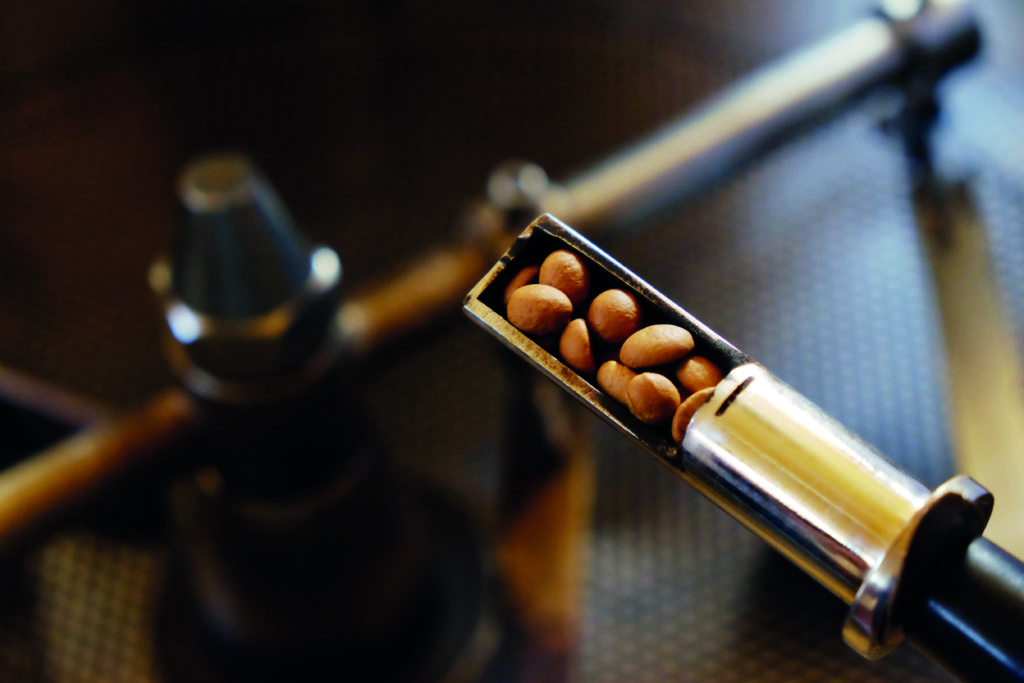
It’s normal to see a roasting machine in a café nowadays, and many entrepreneurs who own a café or planning to open one are considering buying a roasting machine. Before you spent a large investment on it, let’s slow down and ask yourself – “Am I ready to roast?”
The fact is a café would looks a lot more charming if there is an espresso machine and a roasting machine. But why do we need to roast our own coffee? “Specialty coffee” is becoming more and more popular. With this trend booming, café owners are trying to present their products by differentiating them for others. Roasting is one way to develop your coffee to the customer’s increasing demand, and many café have chosen this path. Another reason a café chose to roast is in consistency like slow delivery, inconsistent quality, and green bean shortage. However, it’s important to do some research on coffee roasting in order to determine the rightmachine for your café.
Before Buying a Coffee Roaster
In order to find a unique coffee to impress your customers and gain competitiveness over other cafés, you will first need to really learn about it, especially during this time where customers are more demanding. A roasting course in a coffee institute or a roaster is a good start because there will be a lot of opportunity to exchange valuable experiences. Before you buy anything, you should make sure that the feature, model, and brand match your requirements. Do not overlook extra details such as service & support or spare part availability. If possible, buy or rent a small roasting machine for practice because practices help reduce mistakes when doing a real batch.
Another serious consideration is your budget for installation and miscellaneous expenses. Be sure to keep it under control because it might pose a real treat to your finance as there wouldn’t be just the cost of the machine. Other equipment and add-ons like an after burner, smoke vent, and gas pipe, as well as decoration and green bean stock are also expenses to always keep in mind. Nonetheless, it’s easier to install a roasting machine in a new café or a café that has been designed to fit a machine from the start than in an existing café.
To get started, you could buy or rent a small, inexpensive machine for practice and familiarize yourself with coffee roasting. After getting used to the practice machine, it’s time to get serious. A 1-5 kg roasting machine can cost between 6 to 7 figures depending on the quality. Larger machine will cost more and you will need some reserve fund to pay for the extra work required for larger machine.
To prepare the installation space, you will need to consider everything from electrical system, gas pipe, smoke vent, and after burner, to safety design, functionality, green bean storage, and roasted bean storage. Roasting machine should be installed in a clean, well-ventilated space. In order to work comfortably and safely, the space should not be too hot, electrical and gas systems must have safety equipment, gas tank should not be near heat or flammable objects, and lighting should be adequate.
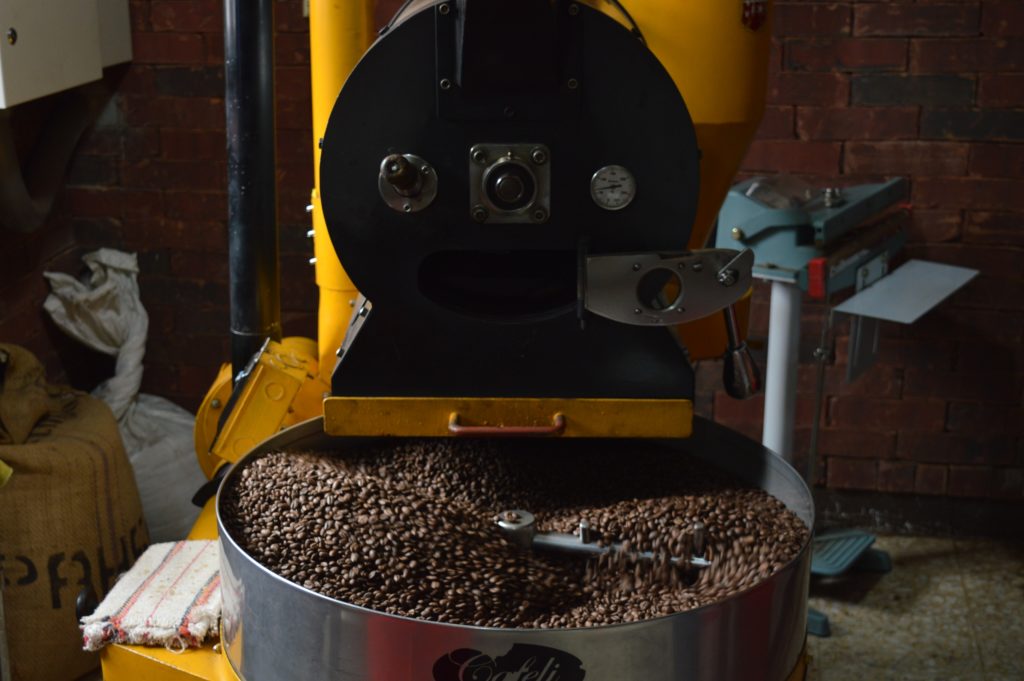
Here are a few things to consider when choosing a roasting machine design to match your roast style, concept, and budget.
– Classis Drum – You can choose between a single drum or a double drum roasting machine. Single drum machine tends to run into problems like scorching, tipping, and facing, while double drum machine eases you from these problems but it could raise a problem on heat exchange.
– Indirect Heated Drum – Unlike classic drum, indirect heat drum is designed to prevent direct fire on the drum.
– Fluid Bed – Fluid bed roasting machines are usually designed with an integrated cooling bed. In doing so, the roasting chamber surface will not get too hot and prevent the beans from burning. However, it also reduces the aroma of the coffee.
– Recirculation – The design recirculates hot air back into the roasting chamber. It’s getting more popular because it reduces problems mentioned above, but it has a risk of provoking burnt smell in the coffee.
In addition to size, it’s important to consider the expenses on an after burner and a smoke vent in order to control the smoke and smell effectively (the chimney should be higher than your building). Since everything will add up to the cost of running a business, choose the size that adequately satisfies your café’s needs.
If a big machine is to be installed in a densely populated area, it could cause nuisance to the neightbours. Make sure you clearly understand environmental laws and community regulations. Roasters should be at a distance from residential area or in a place with excellent air flow and the law permits. If community regulations allow for a roaster, consider a roasting machine that is not too big as big machines could potentially cause community problems in the future. Once you have the location and machine model, apply for a roaster permit with local authority if required.
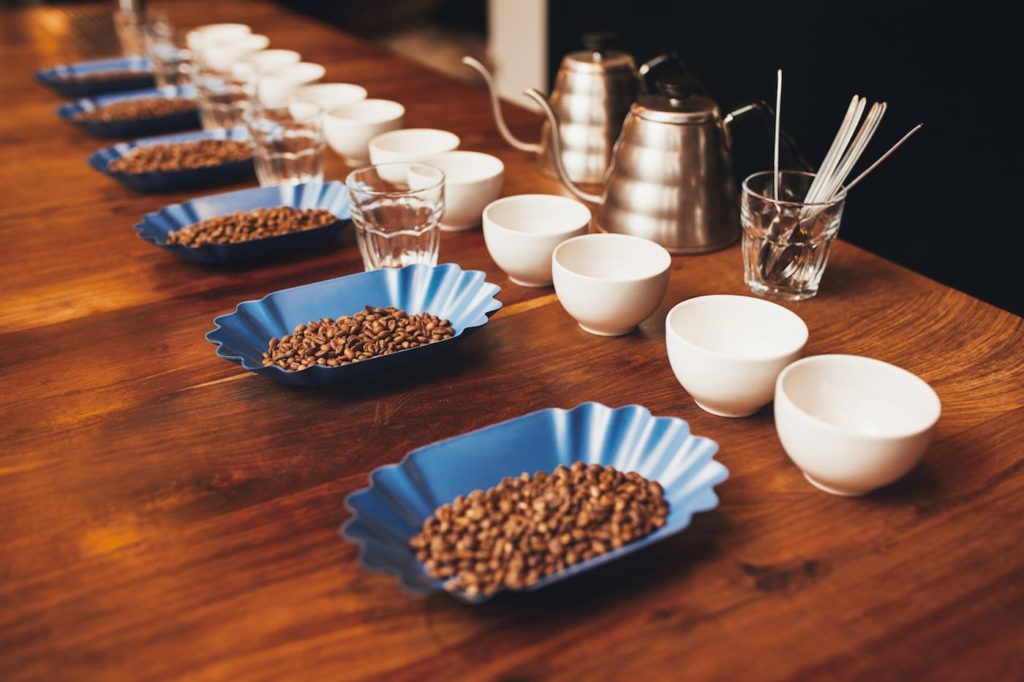
Cupping Skill
Cupping is an essential skill for selecting your green beans and keeping track of your coffee flavours in the cupping form. It’s easy to find a cupping course in coffee institutes and academies, as well as Specialty Coffee Association. However, it’s possible to train by yourself as there are useful information and tools available. Go to SCA website (https://sca.coffee) and look for Coffee Protocals topics, learn about Coffee Flavor Wheel (www.scaa.org/page=resources&d=scaa-flavorwheel), get yourself a Le Nez du Café or a Scentone, and practice on what is available for you.
Green Beans
Sourcing green beans is an important duty every roaster should fully understand. It’s not just about finding good and clean beans, moisture content has to be measured and annual volume of beans required needs to be calculated. Furthermore, storage method is also very important. You may need to find the best material for storing green coffee such as Grainpro bags and a cool and dry storage space in order to preserve the quality of the beans.The cost of processing green beans into roasted beans depends on how difficult the process is. Processing mass commodity grade coffee would be cheaper than processing specialty coffee. Roasters should manage their green beans stock carefully to reduce any storage risks.
Coffee lovers and young coffee drinkers nowadays are trying to get their hands on more specialty coffee. That’s why extra attention is needed in how coffee cherries are processed into green beans. Besides sourcing from reliable suppliers, some roasters even travel to coffee plantations to manage coffee processing themselves. The first step to good coffee beans is picking only ripe cherries, and whether the coffee is dry processed, honey processed, or wet processed, doing the processing yourself might be time-consuming and costly, but it is extremely rewarding if you’ve done your homework well.
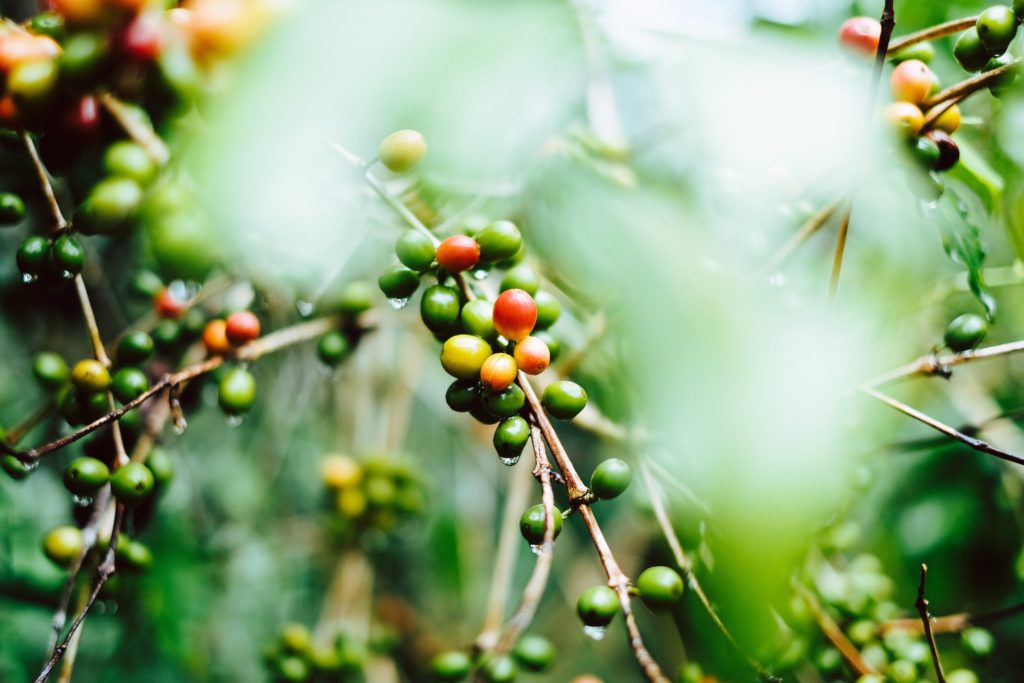
Buying from coffee farms – it’s a good idea to visit coffee farms during harvesting months to get a look at available parchment coffee. The downside of this is it’s rare to find green beans straight from the farm, so you may need some expertise in parchment coffee. On the other hand, it’s great to personally see the work behind the coffee, and you can choose quality farm to buy from.
Buying from suppliers – it’s more convenience as you can choose quality green beans from a list of origins. However, sometimes it’s not possible to choose the processing method from your preferred origin. The beans may be more expensive if the demand is high.
If you are a roaster living in coffee producing country, you could grow or buy coffee cherries from surrounding farms to process in your own way. It’s rewarding, but it will cost a lot of time, effort, and money.
If your green beans change colour during storage, it might be from a range of factors from moisture content and green bean density to storage time, processing method, storage method, and transportation method.
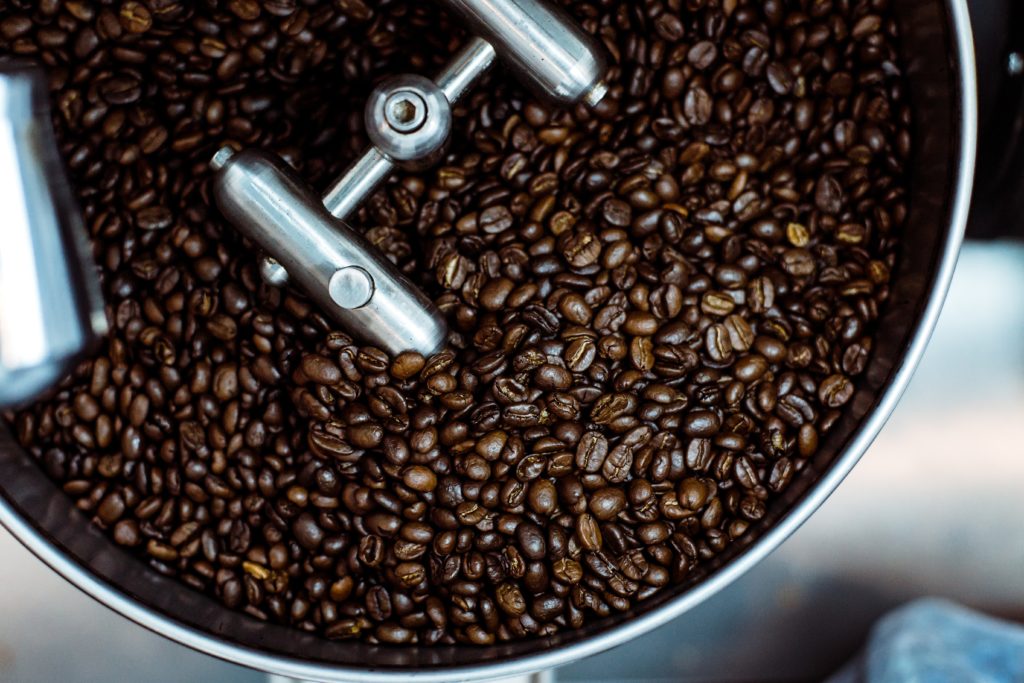
Roasting
Some roasting machine comes preset while others need a little programing done. Read the manual thoroughly and plan your roast well. Always measure the moisture content to determine the preliminary heat level and the drum temperature. It’s crucial to record your roast profile in your roast book, roast form, or in your computer in order to repeat the steps.
Clean the roasting machine thoroughly after each use. Take time to check the machine parts like gas pipes and connectors. Clean up all coffee chaff as it can be extremely flammable. As for the smoke vent, make sure you clean it from time to time because it could introduce the smoke smell to your coffee if it’s blocked.
Quality control – Roast what you are going to use in the café or to your client’s order. Cup regularly or get a evaluation tool to help you control the quality.
– Coffee moisture tester measures the green beans moisture content before roasting.
– Agton helps evaluate the colour of the roasted coffee and allows you make decisions on green bean selection.
– Coffee/Espresso Refractometer (VST or Atago) helps you evaluate the cup quality.
Constantly evaluate coffee whether by cupping or evaluation tools or both. Always record your progress and findings, keep learning, and regularly ask for customer’s feedback.
Product Design – In addition to making your product more attractive, package material should be suitable for coffee storage in order to preserve its quality.
Customers – Besides the attention to environmental and community impacts, a roaster should be located in an easily accessible location, not too far from communities or tourist attractions.
Public Relation – Get words and news to your potential customers. Use what’s available, especially internet medias.
Hopefully this article can be of some guidance to beginner roasters or anyone with a roasting machine to improve and further develop your coffee.
Written by:Jeeraphan Kanchanaveera









NO COMMENT